In the 1920s, Farmers Boulevard was a road caught between two worlds. The long stretch of roadway, which had once been a simple dirt track called Freeman’s Path, was rapidly shedding its rural past. The decade marked a period of intense transformation, as the farms that gave the boulevard its name began to vanish, replaced by the foundations of a new suburban community in southeastern Queens.
The primary sign of this change was the constant activity of new construction. The open fields and scattered woodlands that had lined the boulevard were surveyed and divided into thousands of building lots. A housing boom, fueled by New York City’s expansion and improved access to the Long Island Rail Road, brought waves of new residents.
Along the boulevard and its connected side streets, new houses rose in quick succession. The most common were modest two-family brick homes, built to accommodate the area’s growing middle-class population. Real estate advertisements from the period show these houses being completed and sold throughout the decade.
Read more
A different style of architecture appeared in the new development of Addisleigh Park, which bordered a section of Farmers Boulevard. Starting in the mid-1920s, developers erected large, single-family homes in styles that recalled the English suburbs. These Tudor and neo-colonial houses, with their timbered facades and deep green lawns, stood as a distinct enclave.
While new homes defined the landscape, the boulevard itself was still evolving. In many sections, the road was unpaved, turning to mud in the rain and dust in the dry summer months. Horse-drawn delivery wagons still made their rounds, sharing the road with an increasing number of automobiles like the Ford Model T. At the key intersection with Foch Boulevard, newly installed street lights marked the arrival of modern infrastructure.
Small shops and services appeared to cater to the incoming families. Though it was not yet a dense commercial strip, the groundwork for a new town center was being laid. The area around the St. Albans Long Island Rail Road station, a short distance from the boulevard, became a hub of activity, connecting the residents of the new houses to the jobs and attractions in Manhattan and Brooklyn.


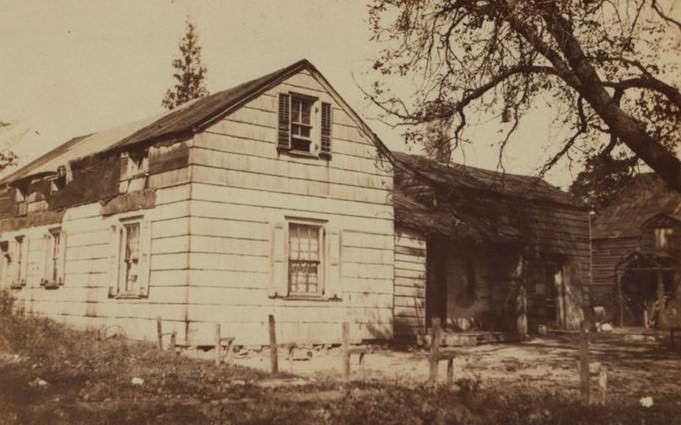
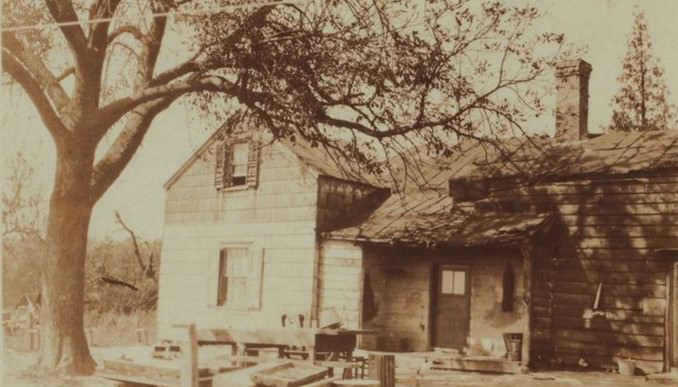
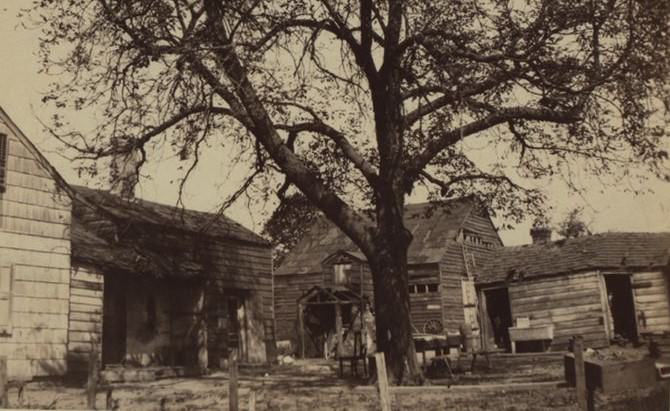
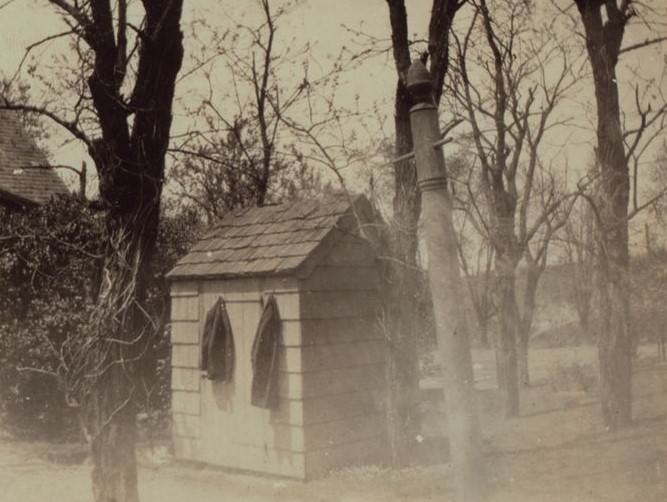
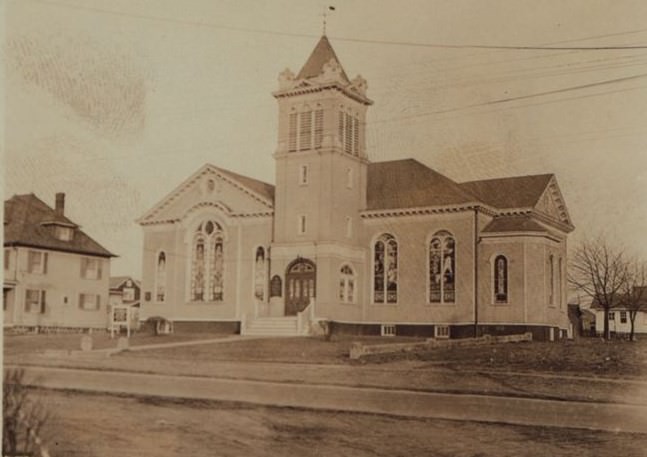
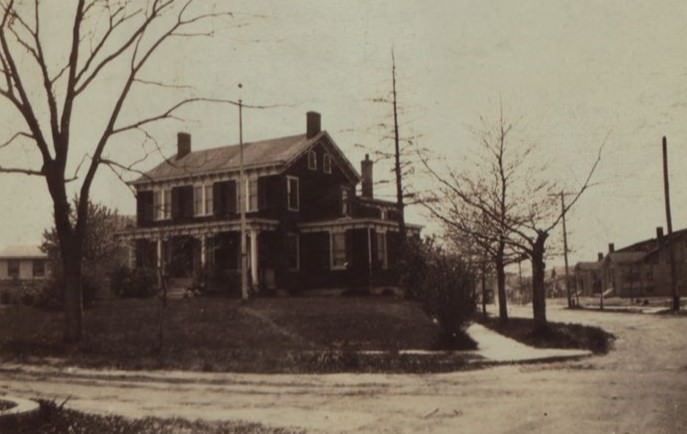
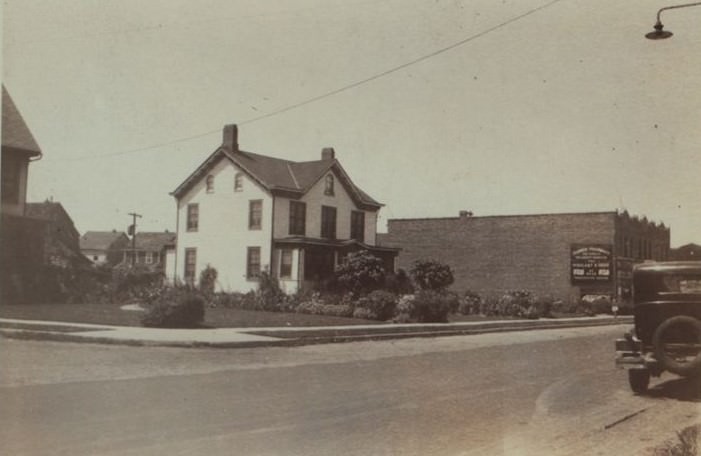
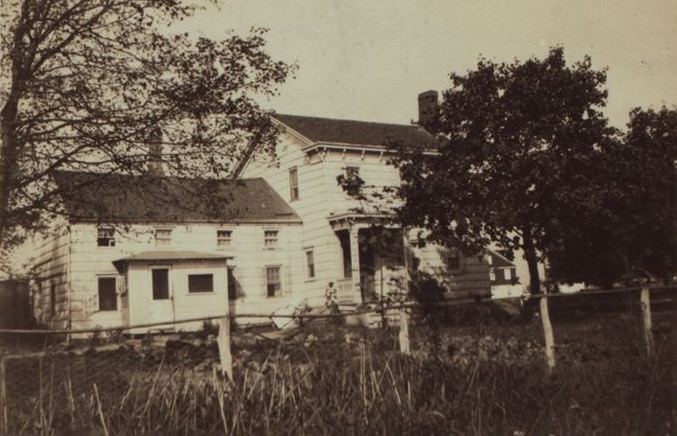
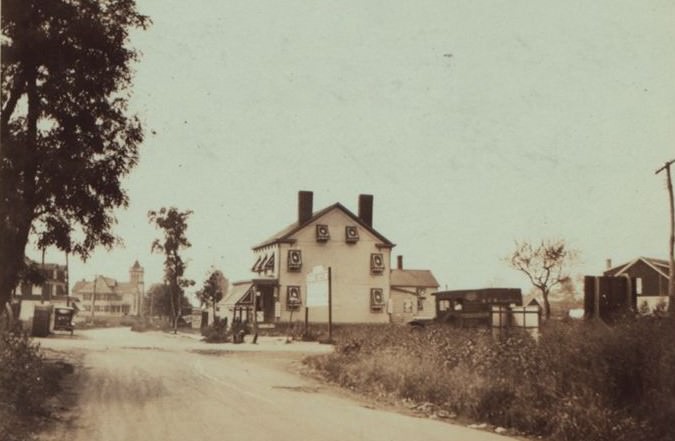
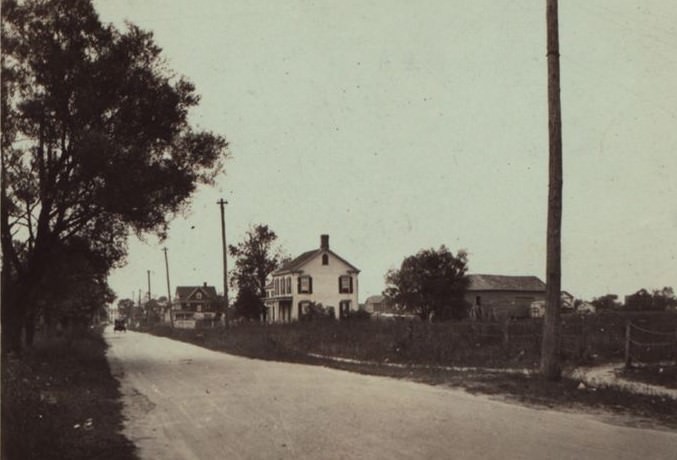
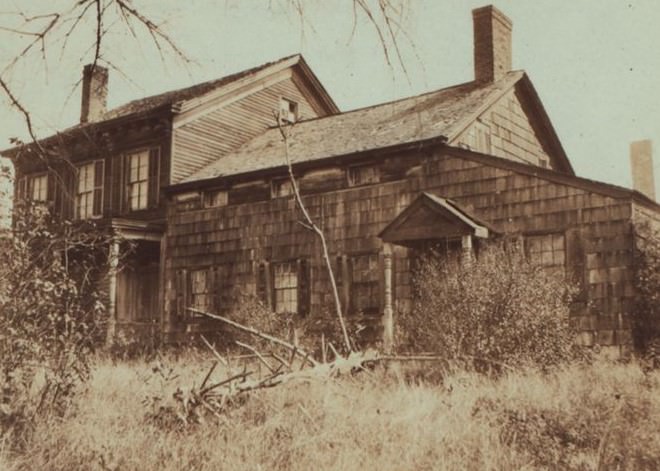
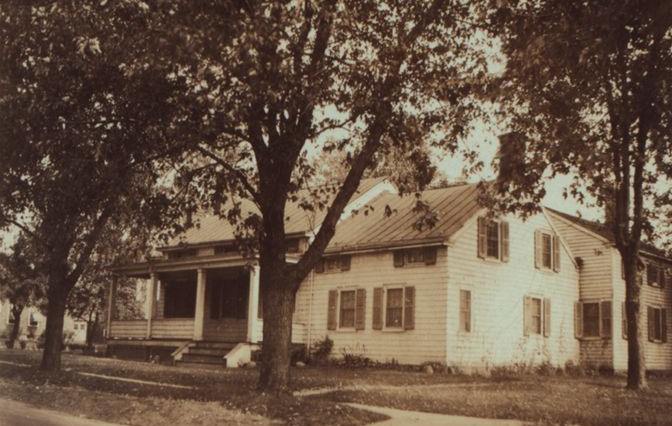
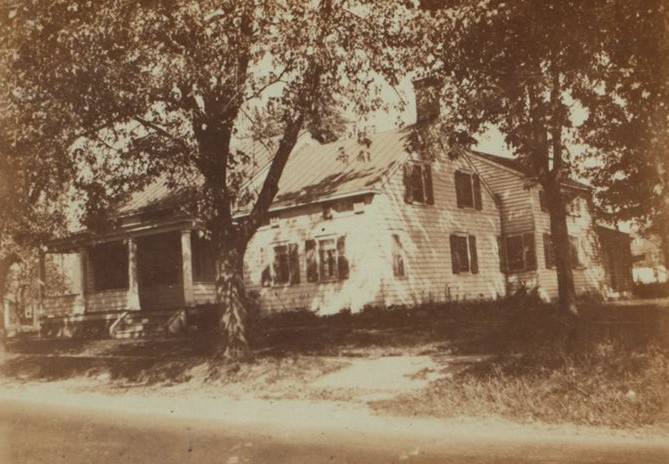
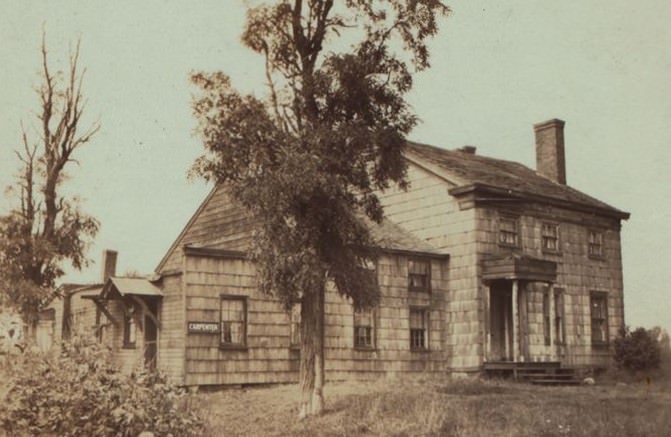
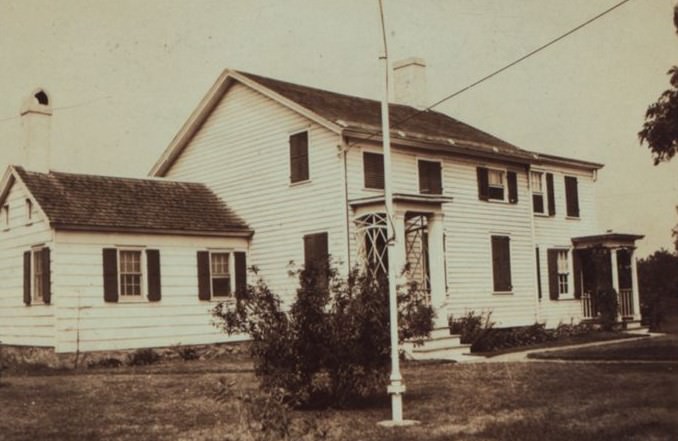
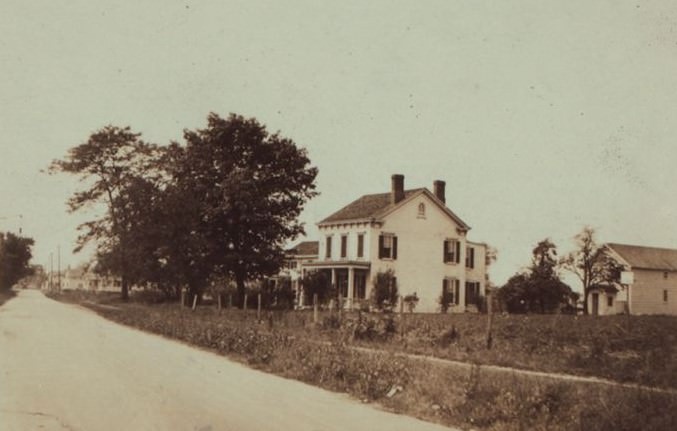
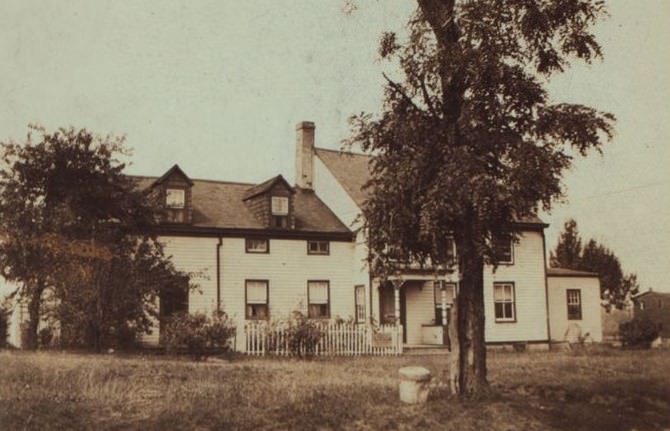
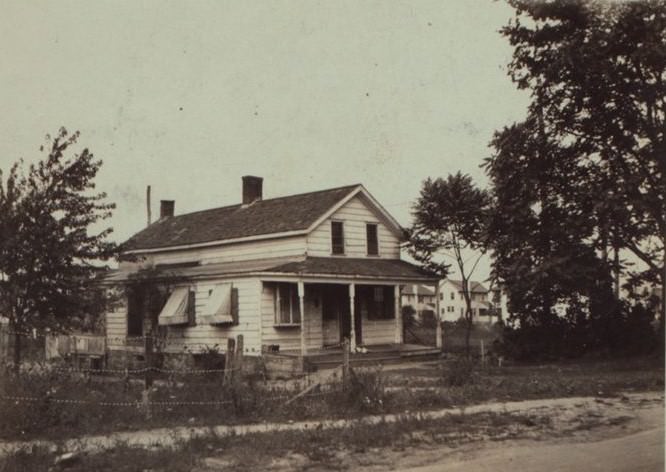
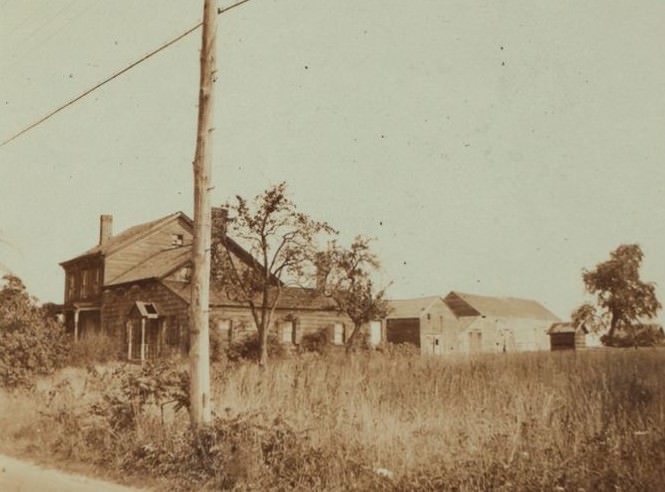
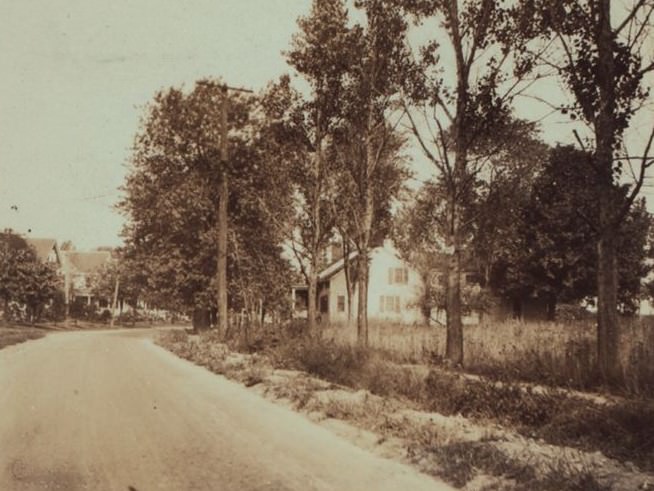
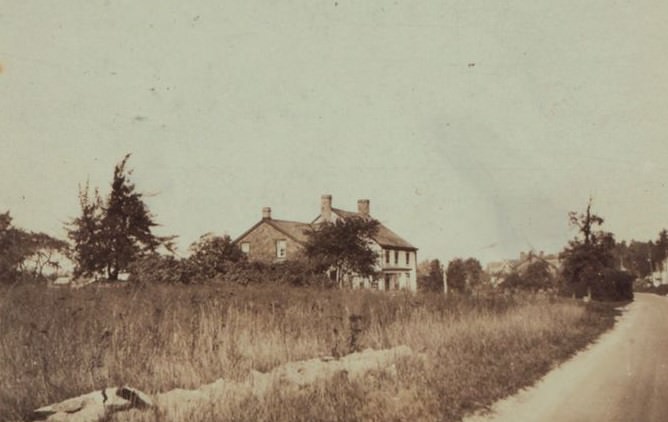
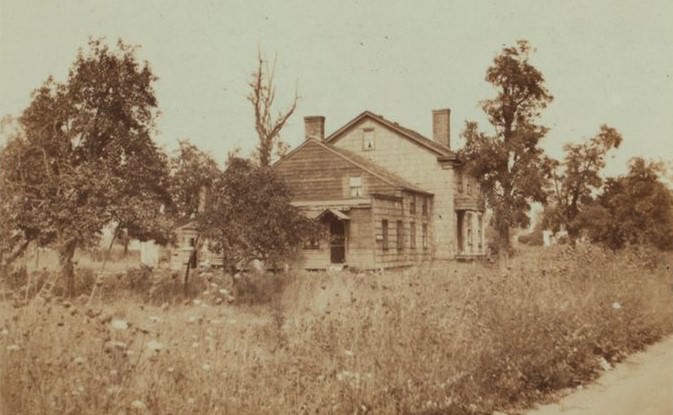
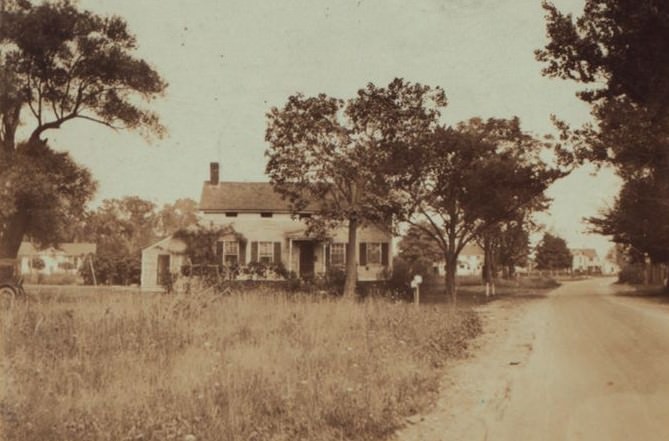
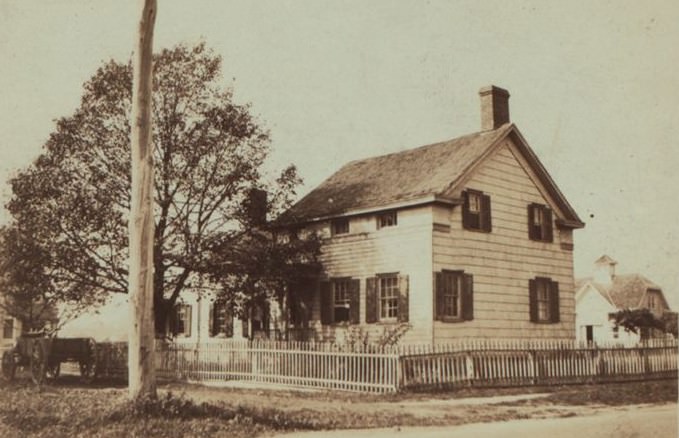
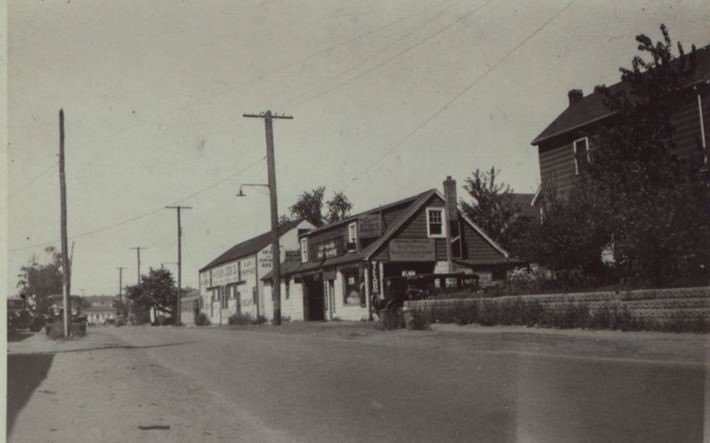
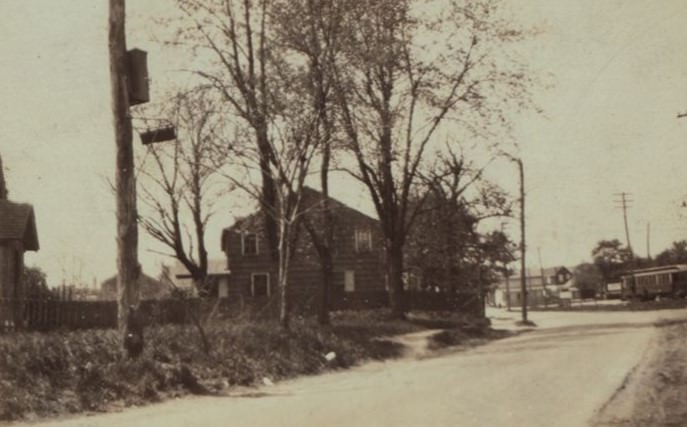
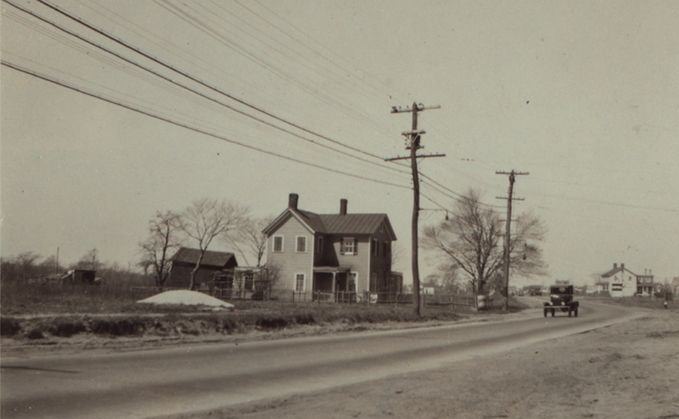

GIPHY App Key not set. Please check settings